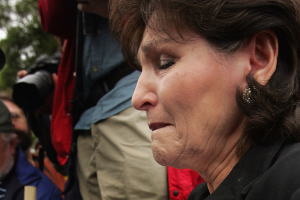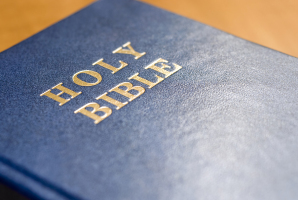Children's Museum in Philly World's Fair Landmark
PHILADELPHIA - Memorial Hall, one of the jewels of the Centennial Exposition of 1876, had lost its luster many years ago.
Rain poured inside through the magnificent but neglected glass dome, soaking elaborate plasterwork and pooling on the marble floors where buckets failed to catch the water. The granite facade was damaged and covered with grime. The east gallery was turned into an indoor swimming pool and basketball courts were installed. A police station complete with jail cells took up residence.
After decades of deterioration, the breathtaking Beaux Arts building is regaining its luster in anticipation of a new role as home of the popular Please Touch Museum.
"This extraordinary building has been through a lot over the years, and to see it now, at this stage of the restoration, is mind-blowing," said Nancy Kolb, the museum's president and CEO, during a tour offering an early peek of the overhaul.
Work is on schedule to be completed in time for a grand opening Oct. 18.
Memorial Hall was designed by Hermann Schwarzmann for the Centennial International Exhibition of 1876, celebrating the 100th anniversary of the signing of the Declaration of Independence in Philadelphia.
The first world's fair to be held in the United States, the 1876 fair was in part a show of America's emerging industrial power and its healing in the wake of the Civil War. Nearly 10 million people — one-fourth of the nation's population — traveled to Philadelphia's Fairmount Park to attend.
Built to honor the soldiers of the American Revolution and dedicated by President Ulysses S. Grant, the National Historic Landmark cost Pennsylvania a then-staggering $1.5 million to build. It was the art gallery for the fair — and afterward for the city, until the Philadelphia Museum of Art was completed in 1928.
One of the earliest Beaux Arts buildings in the United States, its features include a soaring Great Hall, a 150-foot-high iron-and-glass dome topped with a 23-foot-tall statue of Columbia holding a laurel branch, and four figures at the base of the dome representing industry, commerce, agriculture and navigation.
Located in Fairmount Park and overlooking the Schuylkill River, it was one of only two buildings intended to be permanent; most were built as temporary structures not expected to last far beyond the six-month-long event.
Its most recent uses included a recreation center — complete with indoor pool, which has been removed — city offices and a police station. All the while, it was suffering from a badly leaking roof, crumbling plaster, facade damage and other worsening problems of neglect.
The children's museum is being brought into the present with a keen eye to its past. In the soaring Great Hall, the ornate plasterwork has been fully restored and the paint colors — light peach contrasted with a reddish-brown — were reproduced with history in mind.
"We went under layers of paint to see what was first, and this is what we found," museum spokesman Frank Luzi said.
Resembling a bustling train station, the new exhibit "Centennial Exploration" aims to teach parents and children about the innovations and ideas presented at the Exposition — including the telephone, typewriter, root beer and kindergarten. It also features an 1890 scale model of the entire fairgrounds and all 200 buildings.
Even the road in front of the building is being returned to its 1876 name: "Avenue of the Republic."
"We want this building to scream Philadelphia," Kolb said. "We don't want it to just be a generic children's museum."
The Please Touch Museum — founded in 1976 by educators, artists and parents and housed since 1983 in a downtown converted warehouse — had been seeking a bigger space for years. It paid the city's Fairmount Park Commission the agreed-upon 80-year lease of $1 in 2005.
"We're taking it back to its original use as a museum," Kolb said. "A little noisier than most art galleries, but nevertheless a museum."
The museum's downtown location closed Labor Day and a few old favorites are being installed in the new space alongside new exhibits.
The new museum boasts 38,000 square feet of new exhibits — more than triple the current museum's exhibit space — and a parking lot for 280 cars. A glass-and-steel addition will house a 100-year-old carousel with 52 elaborately hand-carved animals.
The grand hall's centerpiece is artist Leo Sewell's 40-foot rendition of the arm and torch of the Statue of Liberty made of colorful toys of all shapes and sizes. The original arm and torch was displayed at the 1876 exhibition to raise money for Liberty's pedestal.
There also will be childhood memories that Philadelphians of a certain age will remember, including the monorail that cruised above the John Wanamaker store's toy department for 40 years and the set from the long-running children's TV show "Captain Noah and his Magical Ark."
Other exhibits at the museum will include a transportation area where kids can work on an engine, inflate tires, and ride a bus; an outer space zone featuring flying machines; and a neighborhood where kids can play in a supermarket. The museum also offers an Alice in Wonderland-themed area with a rabbit hole, tea with the Mad Hatter and croquet with the Queen of Hearts; a water play table where children create river currents and race boats, and a "Rainforest Rhythm" area with nature-inspired instruments.
Fundraising continues for the restoration and renovation. More than $71.5 million has been raised for the $88 million project.




























